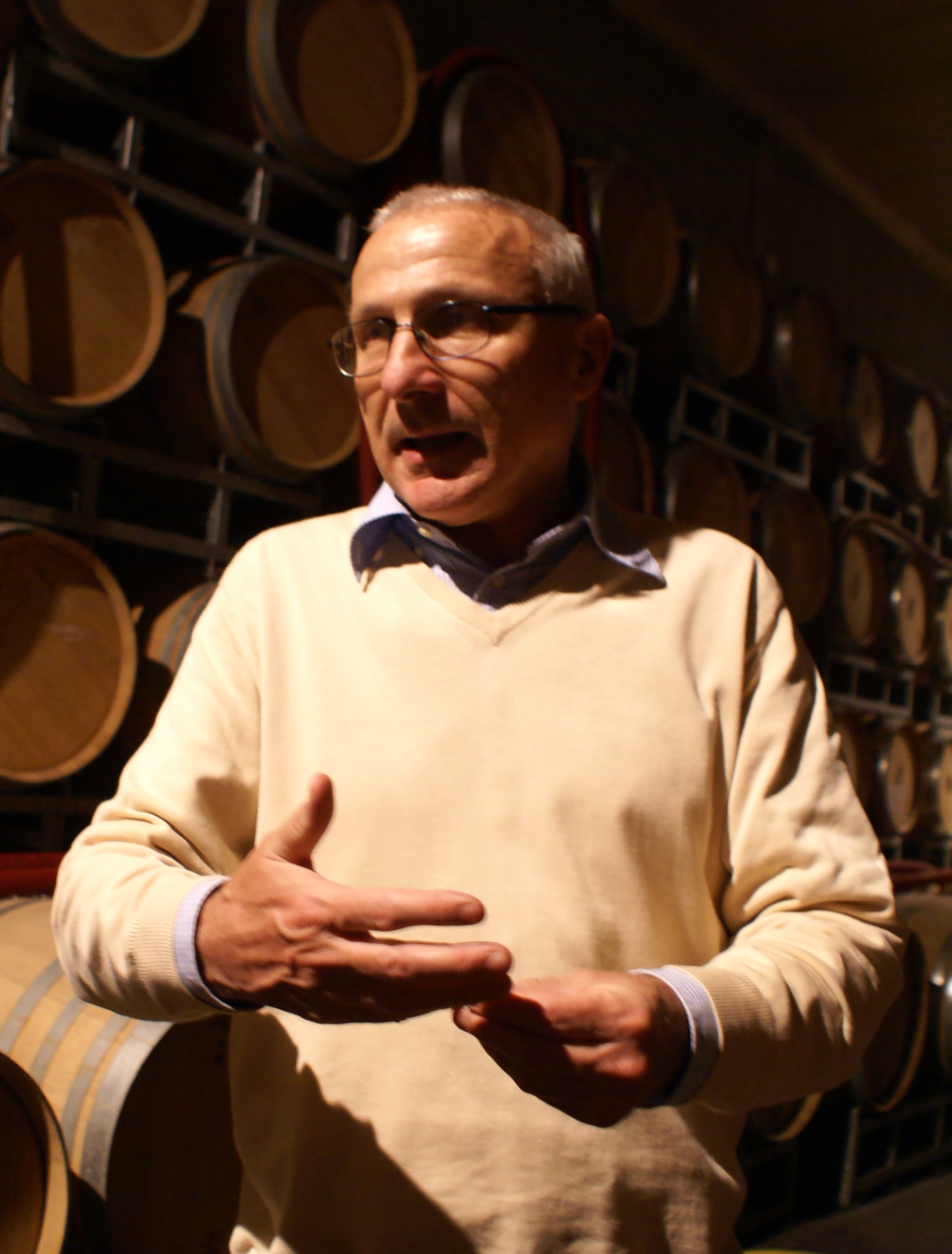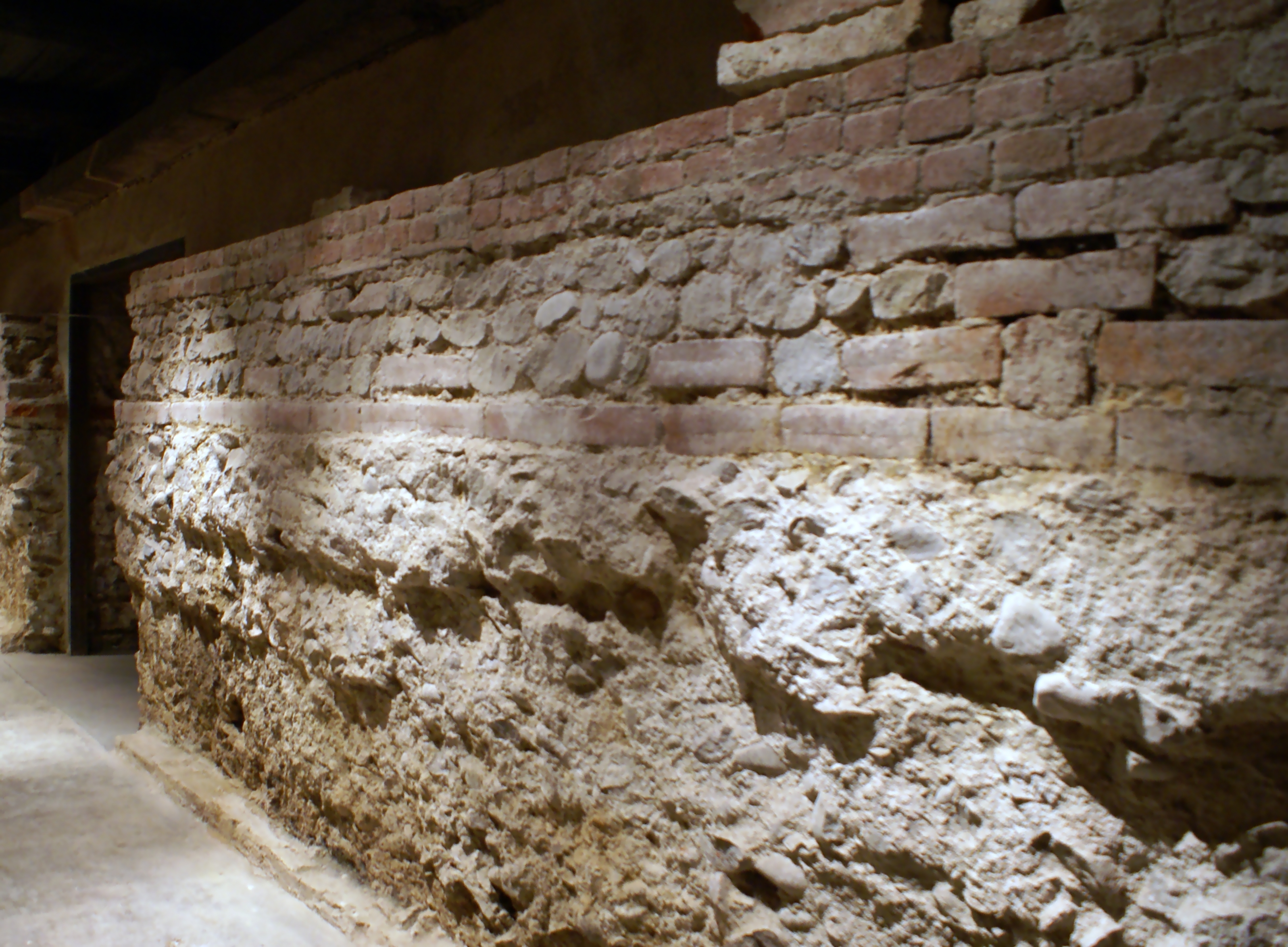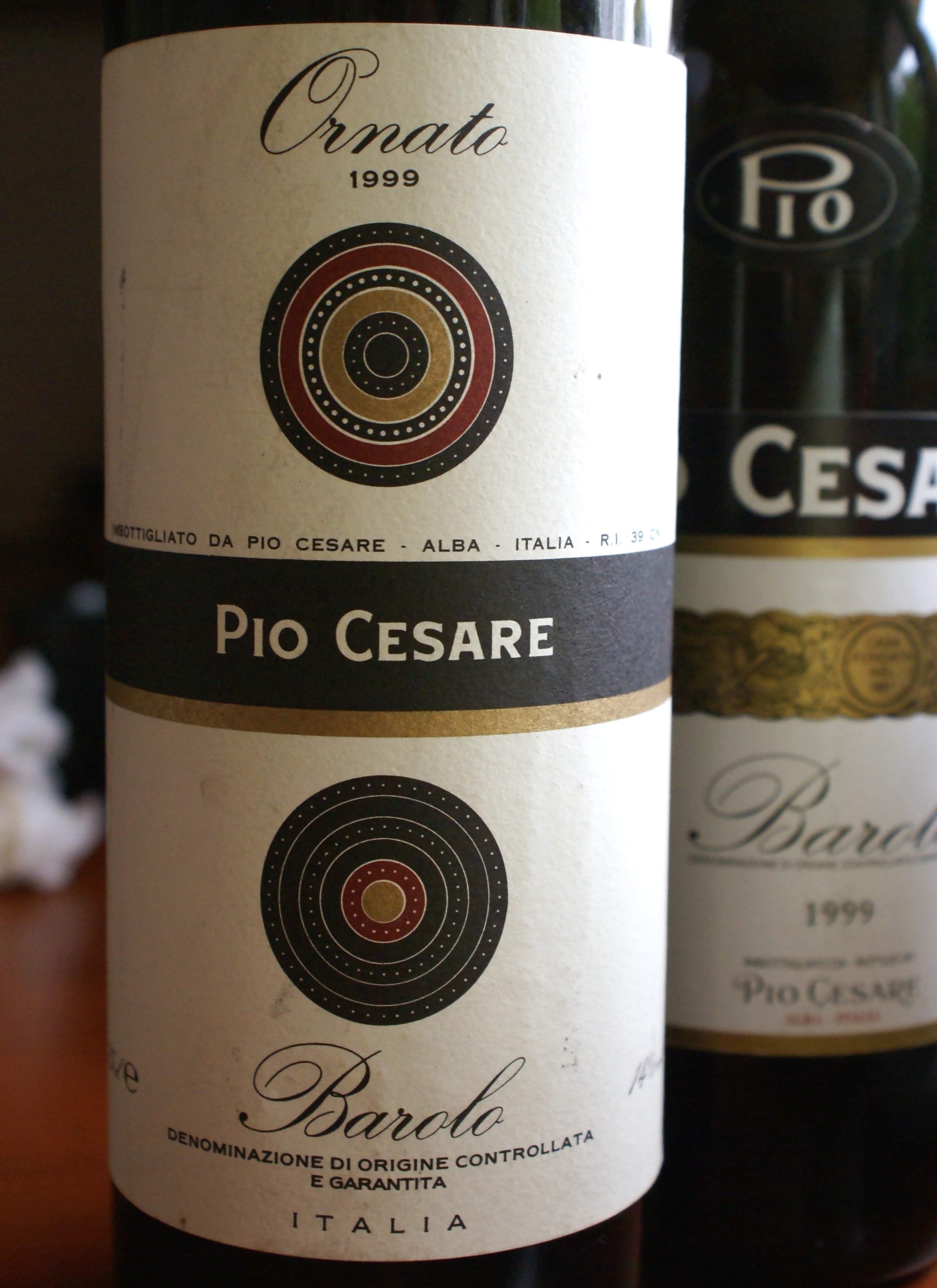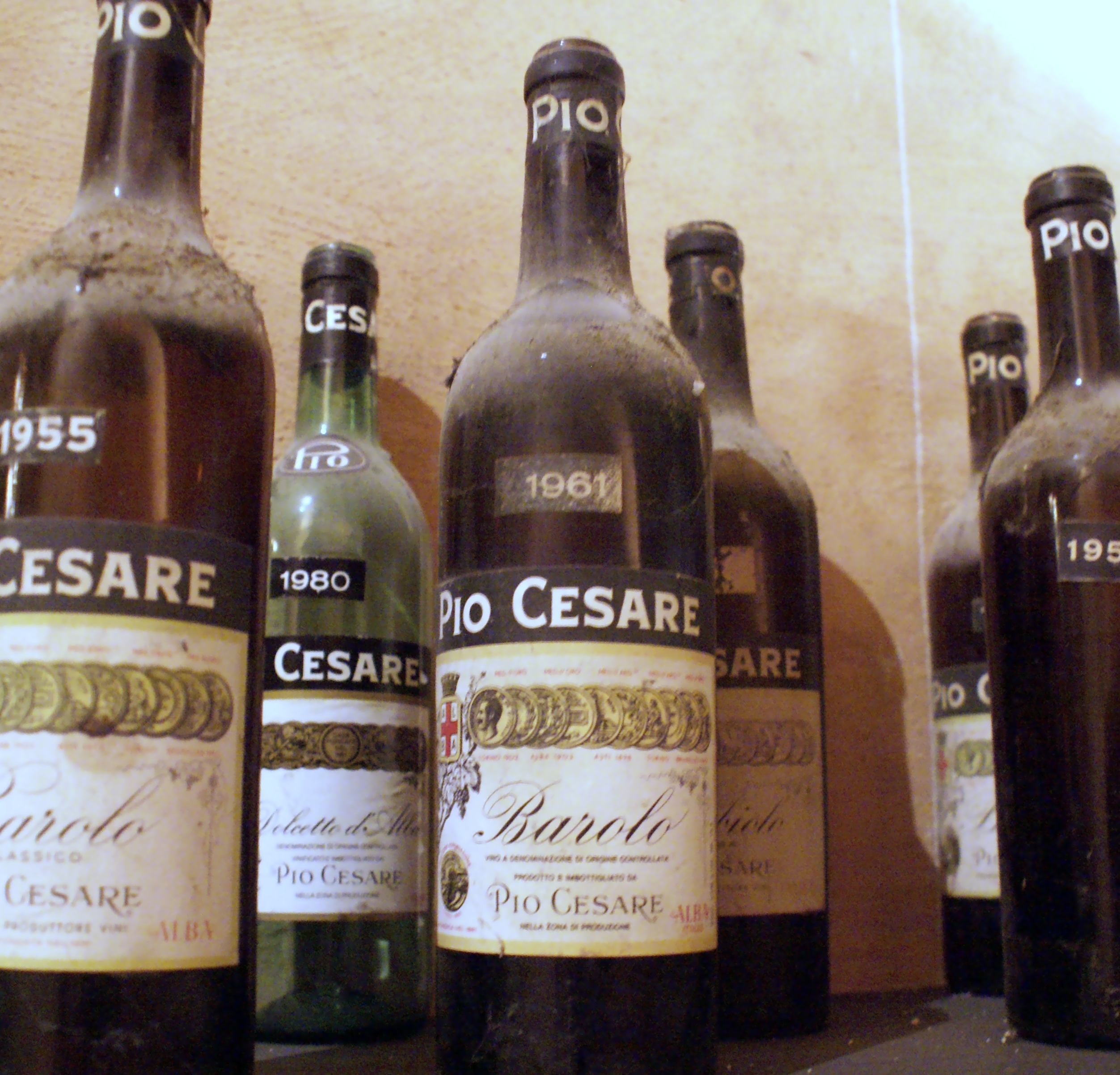My life with Pio Cesare
Posted on 8 May 2011
I’m off to Alba tomorrow to participate in Nebbiolo Prima, the annual even that showcases the newly released vintage for the famous Barolo and Barbaresco wine. They will be 2007 and 2008 respectively, two highly acclaimed years, so the week-long presentation peppered with fringe events promises to be a memorable one. (And this year I’ll be blogging live several times a day so visit my page often for updates).
I’m gauging my palate to Barolo taking a look at two wines from Pio Cesare. It is one of the historical estates of Piedmont, founded in 1881 by Mr. Pio and having produced some of the most celebrated Barolo vintages of the 20th century. Owned today by the Boffa family and run by brothers Pio and Augusto, Pio Cesare continues its expansion on many export markets, currently controlling 65 ha and producing around 450K bottles.
I’ll be honest: I’ve always had an issue with Pio Cesare Barolos and Barbarescos. The blended Barolo bottling (labelled simply ‘Barolo’) just never turned me on: I regularly find it low on fruit, stern, overtannic, and just lacking charm. And for the declared traditional Barolo lover that I am, the Ornato single vineyard version is just a new oak disaster. It tastes of Merlot, Bordeaux, Chile, and then only remotely of Barolo. Not for me. I could say the same about the barriqued Barbera Fides, the Barbaresco Bricco, or the Chardonnay Piodilei. In my mind these wines represented the kind of internationalisation of Piedmont wines I just couldn’t care less about.
Am I being biased in saying this? Pio Cesare is a large commercial winery with consistently high ratings in sources such as the Gambero Rosso guide or the Wine Spectator, titles whose vision of Italian wine I disagree with. That being said, I’ve always tried to approach Pio Cesare wines with an open mind. But I can’t exclude the kind of unconscious bias we’re all prone to. So it’s even more interesting that during the last three years of blind tasting at the Nebbiolo Prima event, I’ve consistently been unimpressed by Pio Cesare’s blended Barolo 2004, 2005 and 2006, and I’ve three times thrashed the same vintages of the Ornato with record-low scores, twice comparing them (in a blind tasting!) to an overoaked Egri Bikavér. (Read here why it’s no praise).
This last occurrence had me really thinking. What is wrong with me? Ornato is a universally acclaimed wine and even if I dislike the style, the wine should at least score OK in a blind tasting. I decided to go a bit more in-depth, and accepted an invitation from Augusto Boffa to visit the spectacular Pio Cesare cellars: they’re the last to be still operating from their original 19th-century location in downtown Alba, with vestiges of ancient Roman walls in the barrel room. That visit helped to put things into perspective, though I still didn’t enormously like the new Barolo and Barbaresco releases: my notes have descriptors like ‘broad’, ‘fruity’, ‘balanced tannins’ but also ‘lipstick’ and ‘peanut butter’ which aren’t exactly things I’m looking for in Barolo.
Another tasting and dinner with Augusto Boffa last December marked a slight change of opinion. The 2006 Barolo did show a bit extracted and dry but with nice finesse and crispness. And most impressive of all, the simple 2008 Barbera d’Alba with a very meaty, saline, uninternational, food-friendly expression. For the ultimate test, I opened the 1999 Barolo and Barolo Riserva from my cellar. From an excellent vintage and with more than a decade’s ageing, these wines just had to say the truth about Pio Cesare.
They were better than expected. They were way better than Pio wines at release. They were, in fact, very good. The blended 1999 Barolo is advanced on the nose (roasted meat and oily fruity spread) but vivid and tannic on the palate, and certainly can improve further. A decade down the road, it doesn’t so much show its 30% small oak ageing, and the profile is quite traditional: this is elegant, transparent, austere, very acidic Barolo. In fact it’s showing an excruciatingly powerful structure and with the fruit drying out a bit, it might never resolve. (The impression of overextraction and a slightly thin mid-palate is in fact similar to that of a young vintage). But it’s authentic Barolo with character and allure. The 1999 Ornato was very much similar, but quite better. It shows more oaky and modern but also more concentrated and fruity, thereby resolving the major issue of the blended Barolo. The tannins are softer, although there still is a hint of mouth-drying overextraction. This benefits immensely from airing and is at its best on day 2 from opening (no decanting) so it’s safe to assume it can keep for another 7 to 10 years. A big assertive wine and importantly, a pleasure to drink with excellent fruit.
Very obviously, I’ve been downrating Pio Cesare by drinking them too young. (You could say that they are released too young, and that the system of assessing the wines immediately upon their release on the market and rarely thereafter is essentially flawed). Almost all Barolo is better after 10 years than 4 but rarely are wines so drastically different at these different ages than in this case. It’s an important lesson before the 250 bottles I’ll tackle from tomorrow.
Disclosure
The two 1999s were tasting samples provided by Pio Cesare back in 2003 that I’ve cellared since. Winery visit in May 2010 and dinner in December 2010 kindly offered by Pio Cesare. This review was my initiative.





